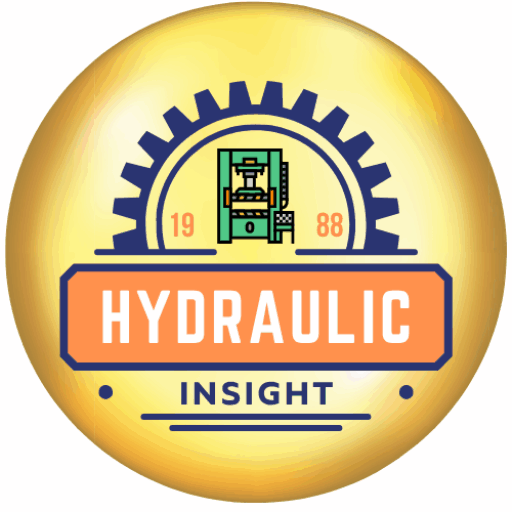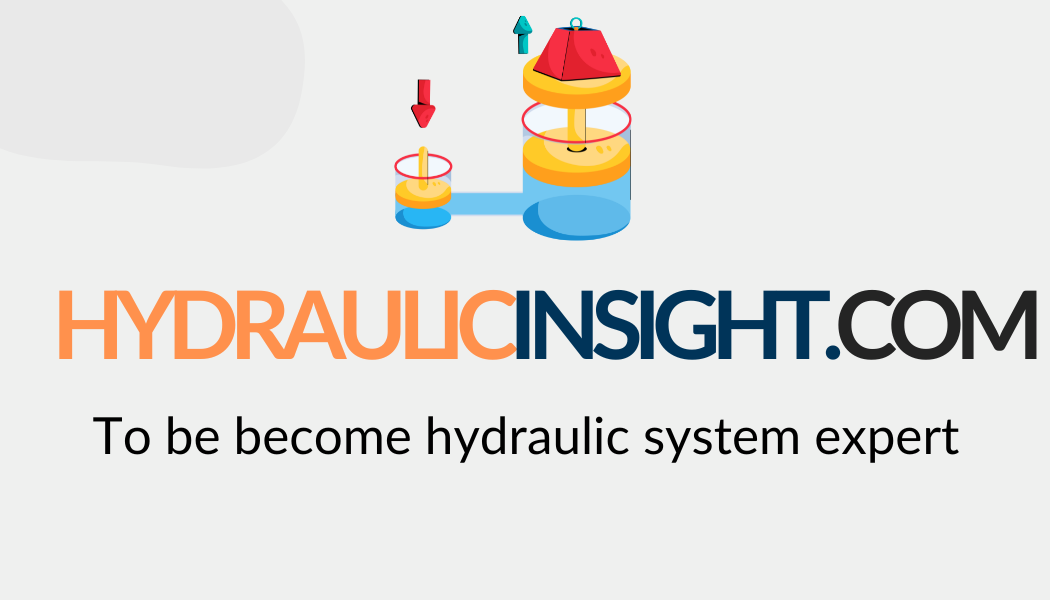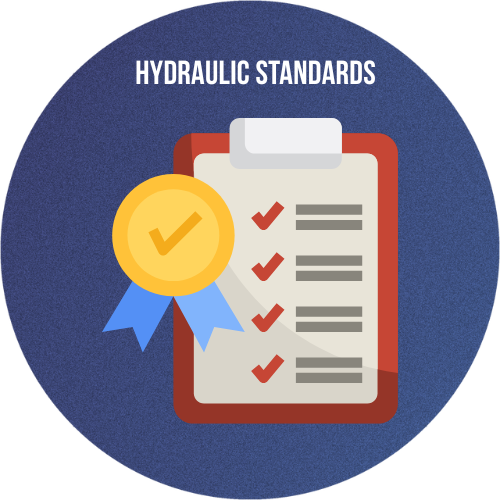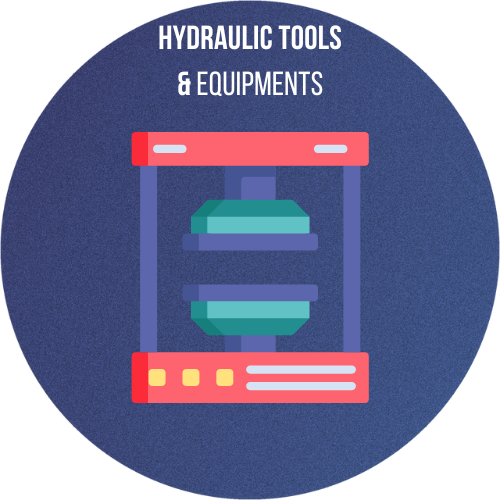In the world of high-pressure fluid power systems, reliability and safety begin with the integrity of the hose assemblies. At the core of producing these secure and efficient connections lies a specialized tool known as the hydraulic hose crimper. This essential device is used to permanently attach fittings to the ends of hydraulic hoses, ensuring leak-proof and high-strength connections that can withstand the rigors of demanding industrial applications.
A hydraulic hose crimper applies controlled pressure to compress a metal sleeve (called a ferrule) around the hose and fitting, forming a mechanically locked connection. This crimping process is not just a matter of convenience—it’s a critical safety measure in any hydraulic system. Improperly crimped hoses can result in leakage, burst hoses, equipment failure, or even serious injury. That’s why manufacturers, maintenance crews, and hydraulic service shops all rely heavily on the consistent performance of hydraulic hose crimpers.
With the rising complexity of hydraulic systems in industries such as construction, agriculture, automotive, marine, and aerospace, choosing the right hydraulic hose crimper has become more important than ever. From compact handheld units for field repairs to advanced, programmable bench-top machines used in manufacturing plants, the technology behind hose crimpers continues to evolve—offering greater precision, speed, and adaptability.
In this comprehensive guide, we will explore everything you need to know about hydraulic hose crimpers—how they work, the various types available, key features to consider, maintenance tips, industry applications, and much more. Whether you’re a technician looking to upgrade your equipment or a business aiming to improve your hydraulic operations, understanding the function and selection of a hydraulic hose crimper is a vital step toward safety and productivity.
What is a Hydraulic Hose Crimper?

A hydraulic hose crimper is a specialized tool or machine used to attach fittings (also called couplings) securely to the ends of hydraulic hoses by compressing a metal sleeve, called a ferrule, around the hose and fitting. This crimping process creates a leak-proof, high-pressure connection essential for the safe and effective operation of hydraulic systems.
These crimpers apply radial force to squeeze the fitting onto the hose, ensuring a tight and permanent connection that can withstand extreme pressure, vibration, and movement. Without proper crimping, hydraulic systems are prone to hose blowouts, fluid leaks, and mechanical failure.
🔹 Key Characteristics:
-
Uses hydraulic pressure to compress fittings
-
Works with different hose sizes and materials (e.g., braided, spiral, thermoplastic)
-
Operates manually, electrically, or pneumatically
-
Utilizes interchangeable die sets for various fitting dimensions
🔹 Why It’s Important:
A hydraulic hose crimper ensures the structural integrity of hose assemblies used in machinery across industries like:
-
Construction
-
Agriculture
-
Oil & gas
-
Manufacturing
-
Automotive
-
Aerospace
Whether you’re fabricating new hoses in a workshop or making emergency repairs in the field, a hydraulic hose crimper is a must-have tool for ensuring system safety, performance, and reliability.


 HYDRAULIC BASICS
HYDRAULIC BASICS  HYDRAULIC COMPONENTS
HYDRAULIC COMPONENTS  HYDRAULIC SYSTEM
HYDRAULIC SYSTEM  HYDRAULIC SYMBOLS
HYDRAULIC SYMBOLS  HYDRAULIC STANDARDS
HYDRAULIC STANDARDS  HYDRAULIC CALCULATORS
HYDRAULIC CALCULATORS  HYDRAULIC TOOLS
HYDRAULIC TOOLS  BUYER’S GUIDES
BUYER’S GUIDES 




